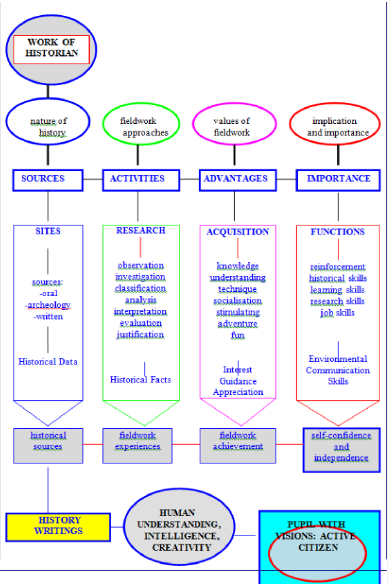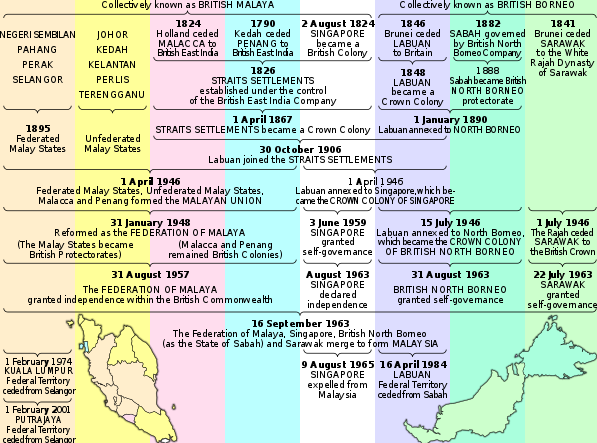The SPM has evolved significantly, including the introduction in 1978, English for science and math in 2003, and adjustments for COVID-19 in 2020.
Table of Contents
Introduction of SPM (1978)
Introduction
The Sijil Pelajaran Malaysia or the Malaysia Certificate of Education, was a foundational milestone in the Malaysian education system when it was introduced in 1978 . The examination was to replace the existing Malaysia certificate of education which was an English medium examination. In the 1970s, the Malaysian government had embarked on a major program of education reform and the changeover to Bahasa Malaysia as the medium of instruction was part of this. This paper is a critical analysis of the reason for the changeover to SPM as the medium of examination.
The SPM examination was a reaffirmation of a more inclusive educational system. The majority of the students were previously disadvantaged to qualify for higher education and corresponding job opportunities due to the language of instruction. As such, the students who were proficient only in Bahasa Malaysia failed in some cases, several subjects to qualify as a potential university student, several secondary schools would in some cases record a complete failure in the joining university.
The high schools before 1978 exclusively operated as the colonial government had established them. Apart for being good high schools that offered their best practices by the system, bye the end of 1977 a part from having their best performances, they gave the national elite that is failing only in the university examinations.
with the midway change in 1978 by way of introducing the Bahasa Malaysia as the medium of instruction, the mean score of the students that were developed slow with the English as a second language was favorably improving as time went. By mid-1978, no school good offer to any reform in order to achieve pure A’s due to the boycott by the program.
The effect of the changes was that there was improved pass rate in the school and the quality of entry education in the most local universities was paramount. Most universities had student bases that had already qualified as students as no ex-students could qualify. For instance in 1977 the percentage of student going to universities was 63.3%. However by 1980 the percentage had increased to 72%, it was anticipated to rise to 73% by the end of 1981. The mean percentage difference in the past four years was an average increment of 10%. This increase was attributed by many people as a direct contribution of the implementation of SPM.

Inclusion of Science and Mathematics in English (2003)
A pivotal shift in the Malaysian education system occurred in the year 2003 when the policy to teach Science and Mathematics in English was established. Known as the PPSMI , the policy was set to enhance the English proficiency of students due to globalization and the need for higher proficiency in the global job market and future studies, particularly in the field of science and technology. Therefore, the implementation of this policy became necessary as stakeholders were worried about the declining quality of English among graduates. The crux of the matter was that English was the de facto language used for all content matter and discussions therein within this field. Understandably, a lack of fluency in the language, both in writing and speaking, would affect students’ future employment due to its global orientation and an increasing number of industries dipping into a global market.
Among its effects was its telling impact on the performance of students in international assessments. A look back at Trends in Mathematics and Science Study found that Malaysia experienced an increment in its scores post-PPSMI, which enabled it to rise above the global average. In 1999, the research was carried out in grade 4, where Malaysia scored 533, less than the global average of 520 points. However, in 2007, the country’s score had increased to 474 points, which was more than the future global average of 467 points. Teachers were also provided with the appropriate materials and training to cope with this change, along with an increasing number of access to the English medium textbooks and additional references. Teachers and students living in urban environments adjusted to this change faster since both parties were already acquainted with the language. According to research, parents in urban areas were reported to be more pleased with this change. The effect on the students’ daily were was, English began being used far more frequently, not just in the Mathematics and Science classes but in their lives as well. This also allowed the students to gain a more firm grip on the English language, which is highly beneficial since it is used as a second language for many businesses in Malaysia.
Reversal of PPSMI Policy (2012)
The implementation of the backward policy of the Malay language in Science and Mathematics in 2012 has been a beneficial path back to using the means of Bahasa Malaysia to teach high-school students. The directions for the backwards policy were essential in securing a policy that was not as effective as it was put to be in utilizing varied avenues in improving students’ understanding of the language. In the curriculum policy evaluation, it was found that by subjecting students to PPSMI, the education system was doing a disservice due to hindrances that were experienced during the enforced policy . Rural students have, in the past, experienced challenges in learning Science and Mathematics in the Malay language due to lack of English proficiency and insufficient resource materials consequently exposing such candidates poor performance in the subjects. The performance in the National exams in the two subjects recorded a steady improvement, which returned stability to their scores in quick succession after the policy adjustment . Apart from strengthening the integration, it was noted that the understanding of intricate topics was facilitated, which altered the learning mode by the teachers to a more inclusive approach to the subject items.
Apart from teaching the two subjects in English, the other subjects were now incorporated into the English language learning and teachings . The policy adjustment was geared towards strengthening understanding in English, which had inherent robust policies to provide the requisite explanation of the syllabus items in English. The law further provided for the adequate enrollment of students in large numbers. Thus the students were able to enhance their proficiency in the language for better performance in the future.

SPM Format Changes (2014)
The 2014 reform of the Sejil Pelajaran Malaysia examination format was a significant modification aimed at decreasing the reliance on rote learning and enforcing a more holistic education approach. The primary change regarding this format was the increased role of coursework and school-based assessments, which enabled a more continuous evaluation of students’ capabilities throughout the year. This format was specifically designed to incentivize both critical thinking and the practical application of knowledge by introducing project-based assessments and practical tests . The latter was particularly emphasized in Science, Art, and similar subjects, in which the applicable skills became a larger part of the assessment framework, as they could be used outside the classroom. For example, students in Science classes are required to conduct the full laboratory experiments and present their findings as part of the coursework, contributing to the final score. Teachers and lecturers were trained to come up with a comprehensive plan of lessons, just as the coursework encompasses a multiplicity of assessment methods.
Schools had to adjust to this change by improving their facilities and resources, as schools needed to have a variety of materials to conduct continuous assessments on the premises . The coursework not only allowed for a flexible form of testing but incentivized students to engage with the materials more, which led to raised participation and interest among the students. Thus, students may struggle to pass the final exams but still pass the coursework and vice versa, which gives an opportunity to a wider array of pupils to demonstrate their engagement with the subjects. The main downside of such an arrangement is the difficulty in ensuring the uniformity of the coursework and practical assessments; indeed, it was reported that schools often conducted the latter in different way. To address this, a standard guideline was introduced, and the teachers were offered special training.
COVID-19 Pandemic Adjustments (2020)
The COVID-19 pandemic led to unprecedented changes that had to be made to the Sijil Pelajaran Malaysia examinations in 2020. I had an impact on both the calendar of examinations and the delivery of such examinations, all so that they could be safely carried out for health reasons. Thus, the Ministry of Education of Malaysia for the first time in the history of our country postponed the Sijil Pelajaran Malaysia examination, which was supposed to be held in November 2020, to the following year[Fer20] . Such a decision was made as schools, and students were not ready for exams because of the pandemic. The optimal functioning of schools has been disrupted, as schools have not been able to carry out normal classroom teaching.
Thus, schools made the greatest use of distance learning, where teachers conducted classes and tests online. At the same time, not all districts within our country have the same level of access to digital instruments or the Internet. The government and the country’s educational institutions provided students from poor families with provided free tablets and paid internet at low cost[]. As for the exams, the Ministry of Education has made a change in the very structure of the examination, so that the time to be spent in exams as a huge examination hall and the risk of possible virus spread would be minimized. Some of the examinations were also shorted in time, as others were revamped to take only certain necessary things that were taught before the pandemic. This was so to be fair to students who have not taught the subject and topics at different levels due to the pandemic.

